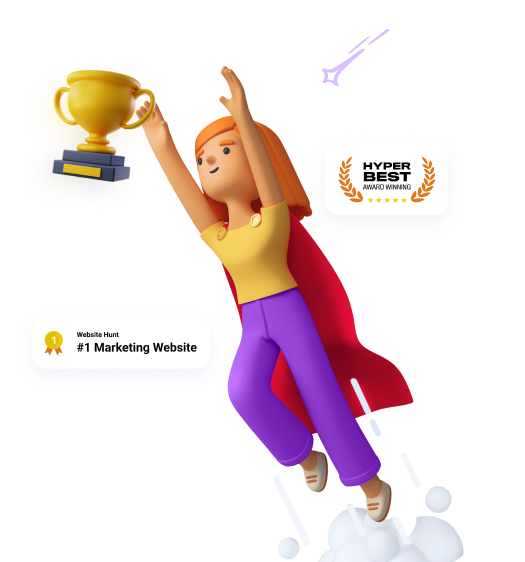
A recent article by renowned analytics consultant and author Gene Pease tells us Analytics are a Decision Maker’s Best Friend. Pease was writing about how we generate a tremendous amount of what he calls “dark data” that exists in each of our separate talent platforms but don’t use it to make the right decisions in other talent management activities.
Pease rightly tells us we need to mine that data to improve our decision-making. He points out that even at the time we hire a candidate, we know a lot about our people, but “rarely is that data used in the analysis when making talent investment decisions.”[1]
People analytics with Chasma HRBox
But CEOs don’t trust HR data and trust even less using data to make people decisions. In a recent Fortune Knowledge Group™ study,
- “Nearly two-thirds (65%) of executives believe subjective factors that can’t be quantified (including company culture and corporate values) increasingly make a difference when evaluating competing proposals. Only 16% disagree.
- A majority (62%) of executives say it is often necessary to rely on gut feelings and soft factors.
- A majority (61%) of executives agree that when making decisions, human insights must precede hard analytics.”[2]
That presents a tough challenge. How do we get the attention of a CEO who has built a company on making “intuitive” decisions about people? How can you convince a CFO that you need to increase spending on talent analytics when there are so many competing priorities?
In our experience, the best way to break down the barriers is to get out of the silo. Talent leaders need to use the data they produce to perform their functions better, but they will fare much better by getting out into business operations to look for problems to solve.
We don’t mean you shouldn’t solve talent problems. What we are saying is that the talent problems you have are not HR problems – they are business problems. If you have a problem keeping engineers, that is an issue in engineering, and the head of engineering is the one responsible for KPIs affected by the turnover.
The same goes for other functions in business – but here’s our little secret: many of those functions are very experienced in analytics and have the tools at their disposal. Engineering is obvious, but marketing also has the capability. If you have a robust marketing function, they have been studying human behavior for years. Finance has been using predictive modeling for decades.
We are not telling you to crash their party, but what you can do is talk with them about solutions that may help their issues and ask them to contribute in analyzing the data. In the engineering scenario, the data that already exists in recruiting, performance management, learning and development, attendance data, and surveys can uncover the factors driving turnover.
Start with a small project. By measuring and reporting on the impact a small intervention can have on business operations, you can develop the momentum for a new vision of talent analytics. It may take time, but harnessing the data you generate will impact on the future of your organization.
To learn more about developing talent analytics, download our free e-book: The Datafication of HR: Operational Metrics to People Analytics. Find out how you can start the conversation about people and performance by impacting business results.
References:
1. Pease, Gene. "Analytics Are a Decision Maker's Best Friend." Chief Learning Officer. July 28, 2016.
2. Only Human: The Emotional Logic of Business Decisions. Fortune Knowledge Group (Time, Inc.). 2014.
The Datafication of HR: Operational Metrics to people analytics
Learn how you can make the change from efficiency measure to changing the way people work.

Phenom eCloud is a comprehensive technology solutions provider committed to empowering businesses to overcome challenges, enhance their workforce capabilities, and achieve superior outcomes.





Leave a Comment